-
Posts
257 -
Joined
-
Last visited
Content Type
Profiles
Forums
Events
Articles
Marionette
Store
Posts posted by MarcelP102
-
-
-
@willofmaine
1. In perspective view click this button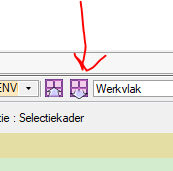
2. And than draw shape and use that to create a cropped viewport
Does this help?
-
Convert to group (Ctrl+k), ungroup?
-
Amazing upgrade, really nice that it also shows the Sub-Type. After a quick test I'm only missing the Roof style ('RST' selector code) and slab style ('SLST' selector code). I can see those codes are not on the Function Reference list, perhaps someone with permission can add those to the WIKI?
-
Wow this is awesome! Thank you so much! This is exactly like I hoped it would be! I understand the difficulty that filtering additional level brings. Perhaps if I'm more comfortable with scripting I can enhance the script with code to get symbol names/wall types etc. I will donate some beers for your hard work, keep an eye on your paypal wallet 😉 Thanks again!
-
Noticed this to after VW 2022 sp3 update.
-
Thanks, I have updated the script with rounding and simplified it a bit using Symmetric scale. Will update it later with GetTypeN.
-
Somehow I can't edit the above post: but I started a new topic for my babysteps into scripting
-
I was missing tools to randomly scale, rotate, replace and place objects. I first tried to make them with Marionette, but @Pat Stanford challenged me to start with Vectorscripting. In the end I beleive this will give me more possibilitys. I started with a script to randomly scale a symbol within a user given max/min value. Surprisingly it wasn't that hard to make!
The script make the symbols have a weird scale like 1.23442237. I have tried to round this to 1.23 with the 'Round' function. But that was not working, it gave me '1' as a result. Any tips for that?Do you see any improvements?Other thing what would be nice if the script auto detects the type of selected object. So the script can also scale text and circles for example, instead of only symbols. I have some idea's how this could work, will try them at another time.
Random Scale Symbols Script
PROCEDURE RandomScaleSymbols; {Scales each selected symbol in the active layer randomly within a user given range} {© 31-05-2022 v2 Arnhem - The Netherlands, Marcel Plomp mplomp@opzoom.nl} {With the help of Pat Stanford and others} {Licensed under the GNU Lesser General Public License} VAR scale :REAL; sMax :REAL; sMin :REAL; Procedure WithIt(Hd:Handle); Begin Scale := Round(100 *(Random*(sMax - sMin) + sMin)) / 100; SetObjectVariableInt(Hd, 101, 2); SetObjectVariableReal(Hd, 102, Scale); End; Begin sMax:=RealDialog('Enter a maximum scale value:','1.00'); sMin:=RealDialog('Enter a minimum Scale value:','0.00'); ForEachObject(WithIt,((InSymbol & VSEL=TRUE))); ReDrawAll; End; Run(RandomScaleSymbols);Planned scripts:
- Random replace selected symbol- Random rotate objects (based on script of @Pat Stanford, I have some improvement idea's)
- Random place selected object on a face
Best regards,
Marcel
-
Alright I accepted the challenge to make the script with Vectorscript instead of Marionette. Used on of your script as an starting point. I think I'm getting the hang of it. Made my first script that scales symbols randomly with user input for max/min. Only wanted to round of the value to 2 decimals, but that's not working for now. Any tips?
PROCEDURE ScaleSymbols; {Scales each selected symbol in the active layer at a user given value} {© 2022 Arnhem - The Netherlands, Marcel Plomp mplomp@opzoom.nl} {With the help of Pat Stanford and others} {Licensed under the GNU Lesser General Public License} VAR scale :REAL; sMax :REAL; sMin :REAL; Procedure WithIt(Hd:Handle); Begin sMax:=RealDialog('Enter a maximum scale value:','1.00'); sMin:=RealDialog('Enter a minimum value:','0.00'); Scale := Random*((sMax - sMin) + sMin); SetObjectVariableInt(Hd, 101, 3); SetObjectVariableReal(Hd, 102, Scale); SetObjectVariableReal(Hd, 103, Scale); SetObjectVariableReal(Hd, 104, Scale); End; Begin ForEachObject(WithIt,((InSymbol & VSEL=TRUE))); ReDrawAll; End; Run(ScaleSymbols); -
I just tried how Shapr3D handles splitting faces of a solid. You can project a line or face on a solid. This then gives the opportunity to give the split part a different texture. Since Shapr3D is also made with Parasolid Engine, this would mean that Vectorworks should be able to do this too? It would make texturing volumes like the example above much easier.
I have tried the same workflow in vectorworks, but than it makes the solid a NURBS object wich can't be pushed-pulled? Or do I miss something?@JuanP would you perhaps like to inform the person in charge of this wish? Thanks in advance!
Shapr3D:
-
Thanks for the help. I will first learn how to use Maironette to make the scripts visual. I'm planning to make tools to transform/place/replace objects. I've already made a marionette script that will random scale a symbol with user input for min/max value. Managed to transform this script to python so I can add it as a command to the office workspace. Will share my progress on the forum if I have some more to show. Much later I'm planning to really learn how to write code in python or vectorscript so I can make the tools faster.
-
On 5/26/2022 at 6:38 PM, Pat Stanford said:
The script part is easy:
SetPref(14, Not GetPref(14));Copy the above. Go to Tools:Plug-ins:Plug-in Manager. Choose the Custom Plug-ins tab and click the New Button.
Set it to be a Command type plug-in and name it as you want it to display in your menus. Click OK.
Click the Edit Script button and paste the above line into the script editor. Make sure it is set to Vectorscript.
Click OK until you exit the Plug-in Manager.
Edit your workspace to add the command you just made to a menu and add a keyboard shortcut.
Ask if you need more help.
Thank you so much! It works great.
I've made this script to togle gray/colors of the context:
SetPref(1055, Not GetPref(1055));
-
 1
1
-
-
Right now when you select a lot of different objects there is no way to filter the selected objects. The info object palette only shows the total number of selected objects. Revit has a built in selection filter option, but lacks some functionality. One of the best selection filter plugin for Revit is OneFilter. FilterMore is a bit more basic but also nice. Note the requested tool is not similar to the magic wand tool. I'm asking for a tool that can filter the selection after you selected a bunch of objects.
It would be awesome if Vectorworks could get a similar selection filter as mentioned examples:
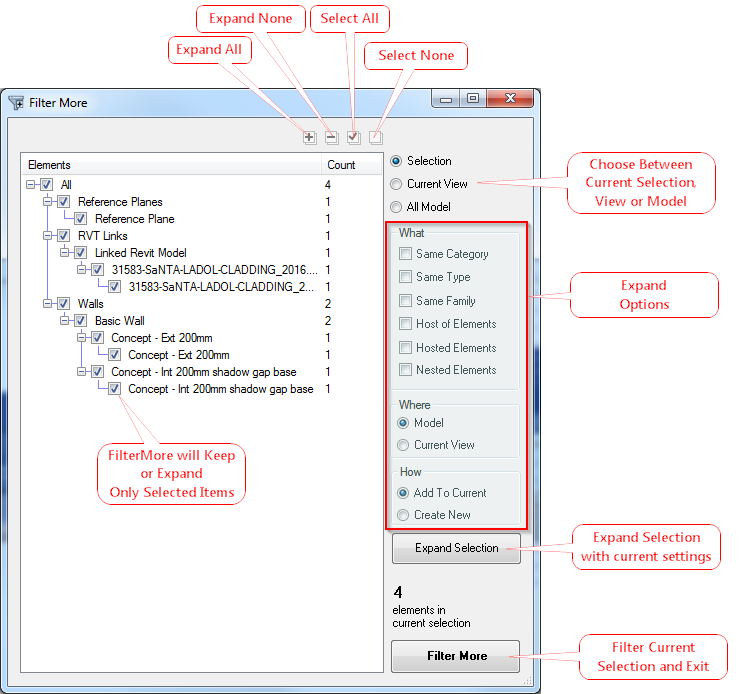
Must have functionalities:
- Shows list of all selected objects. First grouped by main category (wall/roof/door etc.) than by objecttype/style and last by item (Like FilterMore)
- Selection mark button to add or de-select item from the list
- Button to reverse checked items / select all / select none
Nice to have functionalities:
- Filter selection by class/layer
- Filter selection by parameters
- Save filter rules for later use
Maybe this can already be realized with a plugin/vectorscript? I'm more than happy to donate some money to the person that comes up with this tool.
Thanks in advance.
-
 3
3
-
-
I agree, a dedicated custom profile tool would be nice. For now you could use Moulding Plugin: https://forum.vectorworks.net/index.php?/topic/84415-mouldings-plugins-important-update/
-
If you use windows you could use Taskbar Eliminator to free up some screen space. Can be quickly turned on/off by a shortcut. See: https://taskbar-eliminator.en.uptodown.com/windows
But I agree, a true full screen mode would be great.
-
 1
1
-
-
I have reported this over 3 months ago at our local reseller. To bad this is not yet fixed.. this is a typical bug that shows that VW don't really test there software enough..
-
@Paolo Perhaps this helps to integrated texture movement control for your Mouldings Plugin?
-
As discussed yesterday at the virtual open house I wasn't able to get Redshift using the RTX3070 GPU of our new notebooks. I managed to fix it by:
1. Installing the 'STUDIO DRIVER' instead of the 'GAME READY DRIVER'
2. Enabling GPU acceleration with windows 10:
3. Add vectorworks.exe and cineware.exe in nvidia configurationpanel to use the nvidia GPU
Succes

Hope it helps others
-
 3
3
-
-
- Popular Post
- Popular Post
-
 5
5
-
-
 1
1
-
-
https://youtu.be/CUwg_JoNHpo around 36min
-
 1
1
-
-
Hi Jesse, I noticed that by making a 2D symbol unique it get placed from Layer Plane to '3D'. Which is not always wanted I think?
-
I know this is an old topic. But now, 15 years later, is there still no option to clearly show the context while editing a group? As you can see everything turns transparent.. Is there a way to turn off the transparency of the objects outside the group so I can see them more clearly?
@Christiaan You seems to be regular active on the forum ,did you managed to make this work?
EDIT:
Still it would be nice if there was option to show the context grey without transparency . So you see the context clearly but also can see whats inside group and what is outside.
-
 2
2
-



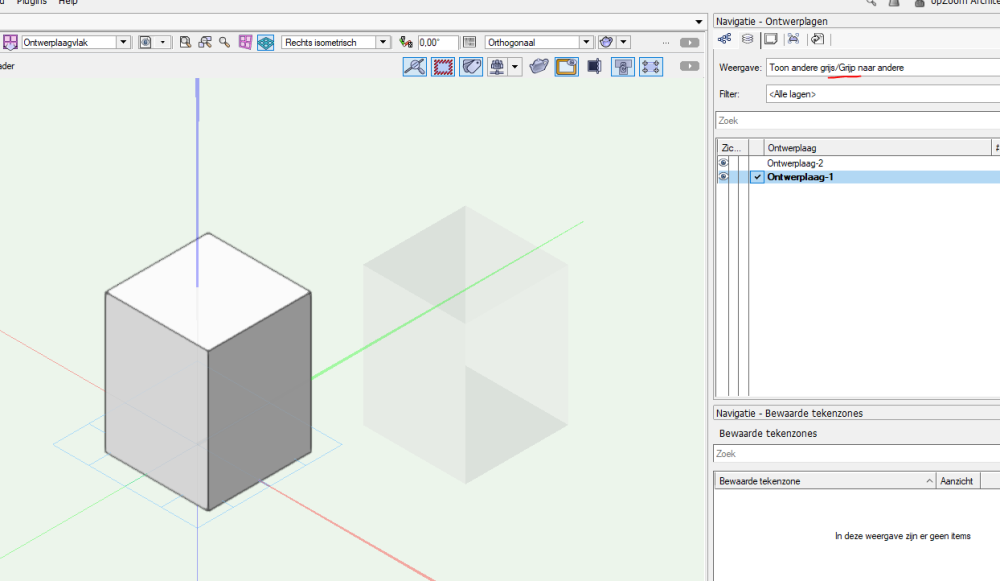
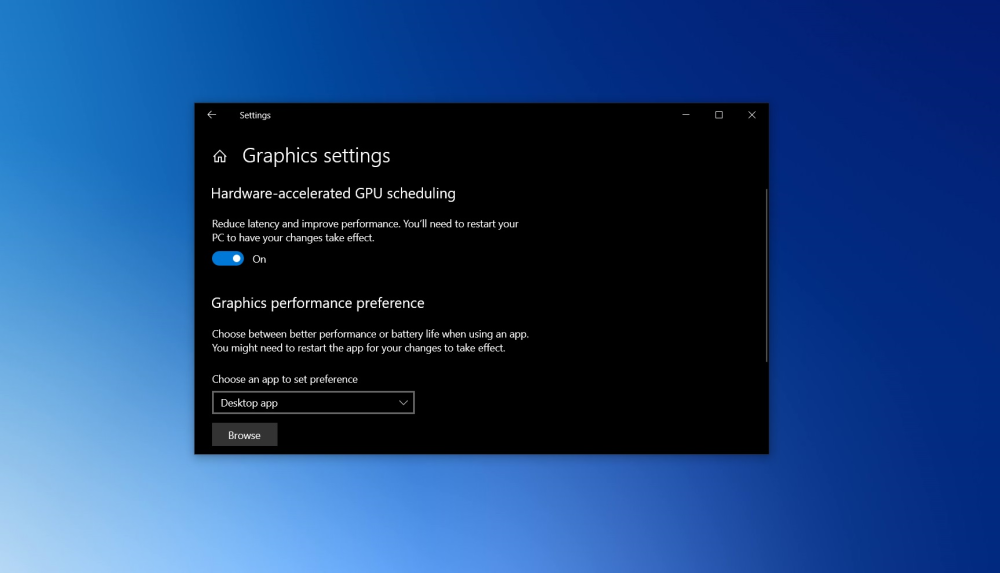
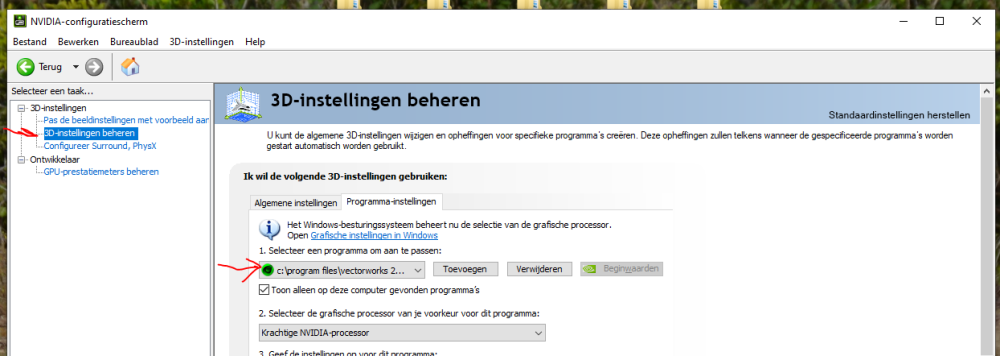

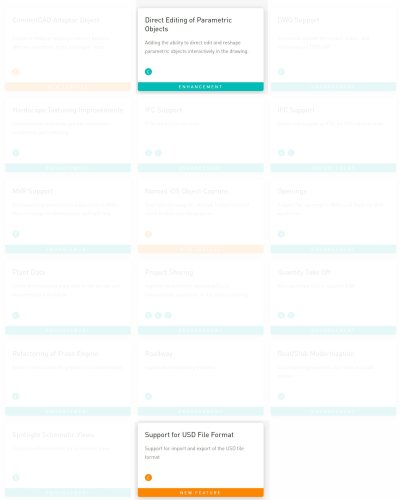
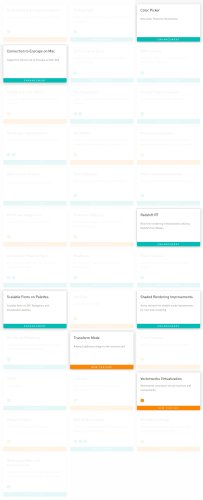
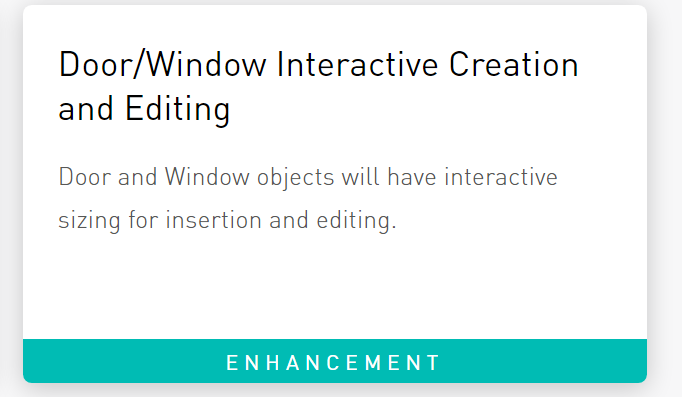
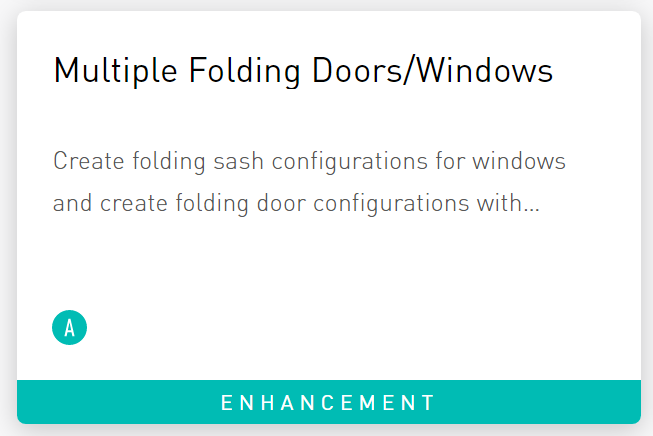
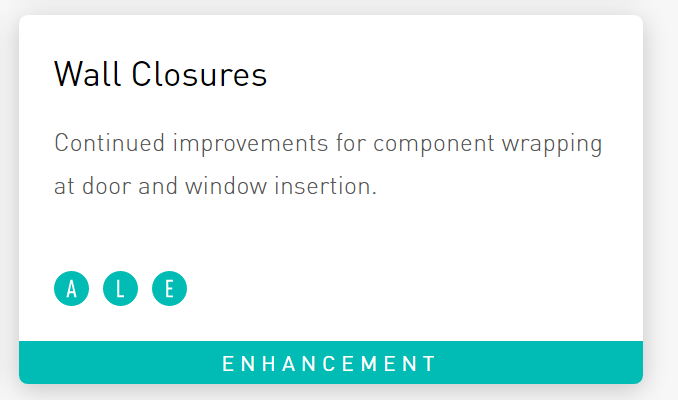
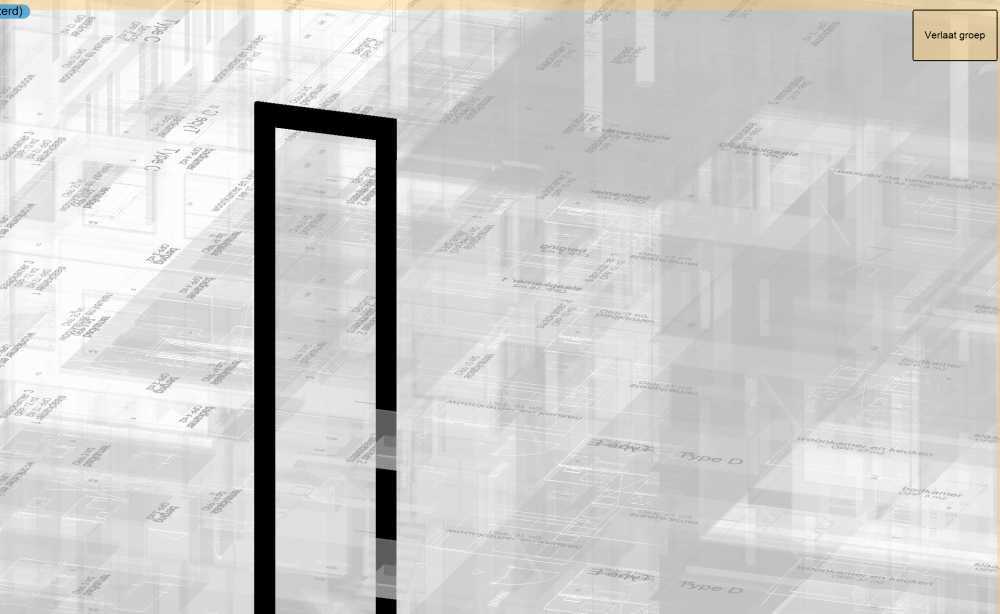

Filter selection tool
in Wishlist - Feature and Content Requests
Posted · Edited by MarcelP102
@Jesse Cogswell Somehow I got the same error as @rebu1985. I could swear it was working before.. really weird. Also sometimes I got the "No objects able to be selected' error, but there are selectable items.
EDIT: After a restart everything works as expected till I try to use it with a 'broken' project. After that I got the errors till I restart. I can't find what inside that project makes it break.
EDIT 2: I managed to fix the broken project by deleting all the layers and remake them. Copied over some objects from the old file. Everything working so far. It's a project started some versions ago. All other projects work fine